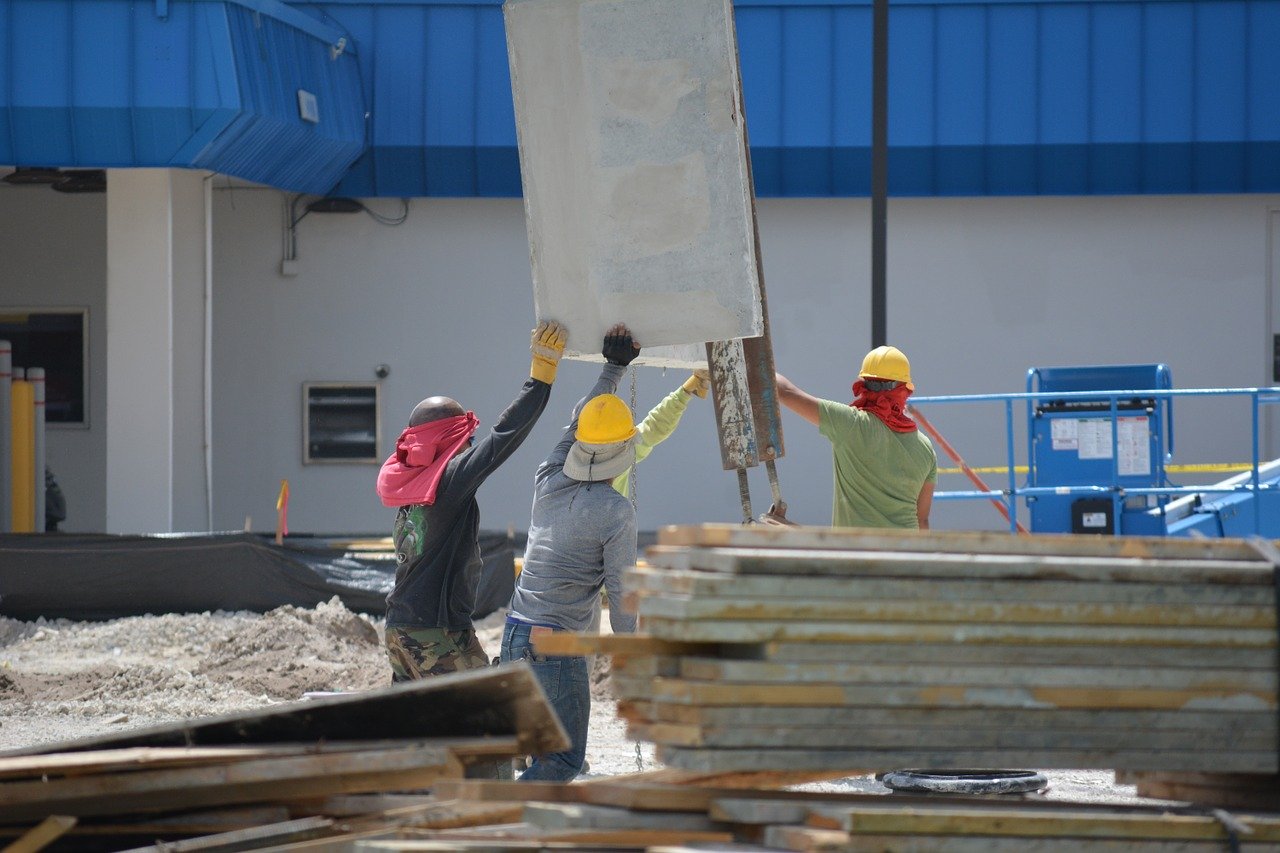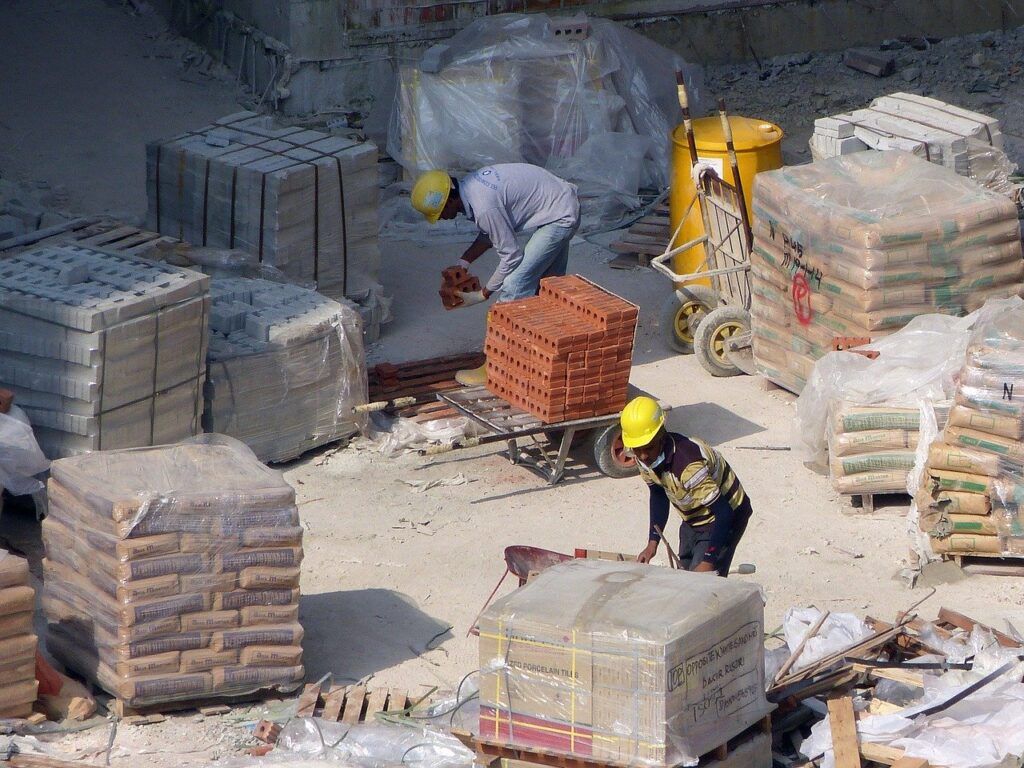Developing construction claims after they have occurred is difficult, and in many instances results in inaccurate and incomplete presentations. It is almost impossible to recreate all of the various nuances that may have generated delays, additional work, or additional circumstances that were not anticipated at bid time after they have already been experienced in the field. The most effective time to accurately document is during the actual occurrence of the event.
If you simply think of your own life experiences, the most acute awareness of circumstances, details and pertinent information is freshest and most accurate during the actual physical time that the incident is occurring. Documentation during this period of time is invaluable to future submissions of any claims and will show due diligence at the time of the occurrence.
Download for free: Guide to a Digitised QHSE Organisation
Listed below is a summary of field recommendations that, if followed, will allow the development of a claim later in the project, to be more accurate and supported by complete data.
- Daily reports must be accurately and consistently maintained by both the superintendent, as well as the project manager on every project. These can be done through the use of construction software. In the beginning, it can be a big change for individuals who lack computer skills but through repetition and practice, the reporting routine on the field can eventually change. There can be no excuse not to make out daily reports. Daily reports are probably the most important piece of information that can support issues, delays, and other activities that occur in the field.
- Formal letters and emails to the owner must be consistently and professionally created and issued, acknowledging any situation, delay, additional cost, design change, field condition, etc. that occurs. Correspondence must be submitted as a normal means of communication and should not be periodically introduced, only when there is a special need to make sure there is documentation necessary to support your own biased interpretation of an issue. In a court of law, a consistent and standard protocol is acknowledged with much more importance, than the piece of correspondence that is issued with a specific purpose in mind. Make letter-writing and email communication common, not special, and try not to identify an unbalanced opinion or your own interpretation of the issues. Make sure that you do not introduce any type of bias to your documentation if possible.
- The project manager should maintain an incident log that identifies every delay or circumstance that changes the project, in terms of schedule, cost, delay, scope, etc. The more data that is actually included, the better. An incident log should include everything that could be considered a claim. You can always delete an incident or modify the issue. It is more difficult to remember each specific item if it is not listed on the incident log when it occurs. Do not procrastinate when filling out your incident log.
- The project manager must ensure that the scheduling for the project is updated on a continuous basis and that all delays are clearly and accurately identified on the formal schedules. Scheduling is a primary factor in the claim process. A contractor must show due diligence and efforts to mitigate any delays or other claims, by accelerating or modifying the schedule. Scheduling on a consistent basis is required to properly submit any type of claim. The use of two-week lookaheads, acceleration schedules, etc. are all important tools to promote, as a delay or claim develops. It is always much better to show diligence in mitigating the negative effects of any claim or other circumstances on a project.
- The project manager must ensure that communication is maintained on a daily basis with the owner, to create a continuous flow of information regarding the momentum and scheduling of the project. Emails, reports, formal letters, transmittals, are all required to properly support any claim that is considered.
- All superintendents on the project, if a reliable digital solution is available, must accurately complete all of the time and daily reporting available within the software. If this data is properly completed and examined on a consistent basis, then there should be no surprise to the owner regarding delays or costs. The use of a software programme to collect all project data will generate invaluable logs and data trails, that are almost impossible to obtain if the software is not used.
- A continuous generation of cost reporting on a monthly basis is necessary to identify all costs and additional work. A consistent effort to financially control the project will show that the contractor is using all skills available to reduce the impact of delays, or additional work on the project. Constant cost reporting, in a consistent manner, is a very important discipline enabling the identification of a claim as well as providing support to the claim. Showing that all efforts were made to mitigate a financial claim or a delay claim is important to the overall acceptance of the claim.
- Weekly job meetings must include a detailed schedule review, as a primary topic for each week’s discussion. The issuance of job meeting minutes to ensure that all attendees are accurately aware of any scheduling issues and delays is mandatory. Again, correspondence and written confirmation are required and demanded proper claim development and presentation.
- Ensure that scheduling is updated on a consistent basis with two-week lookahead schedules, issued as a normal process of keeping the owner and architect aware of any situation and assured that the contractor is planning ahead. Acceleration schedules, as well as any other type of specialised scheduling, should be implemented to clearly indicate that the contractor is implementing any and all efforts to minimise scheduling delays and additional costs.
- Photos, photos, and more photos are especially significant documentary evidence of issued, delays, circumstances, etc. that occur on the project. The ability of current software programmes to categorise and file daily photos is an outstanding method of ensuring that photo documentation is up to date and accurate. Video use is also highly recommended. The adage that a photo is worth a thousand words, is very applicable to the presentation of claims and other types of presentations.

The most important aspect of field preparation for any claim that may develop is the attitude in the field that everything can and should be a claim. I am sure there are numerous individuals that will disagree with me when I make such a statement, but having experienced over 45 years of construction, and having been involved with claims on almost every project, I have realised, that to focus on the claim, while the project is occurring, is the best and most efficient method of ensuring proper documentation and backup for any claim that is encountered.
You can always delete information, it is much more difficult to create information at a future date!
Document, document, document is the primary condition for proper claim preparation!
Author Bio: Peter Arcoma has been in construction for over 40 years. He currently works Planville, CT with Manafort Brothers. You can read more of his construction insights on builder-questions.com.




